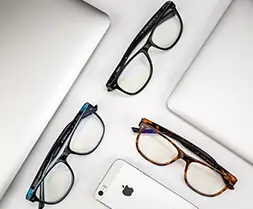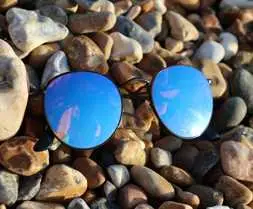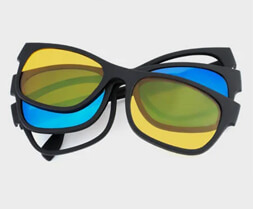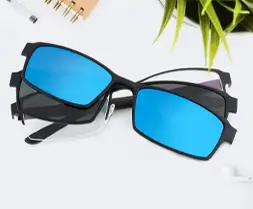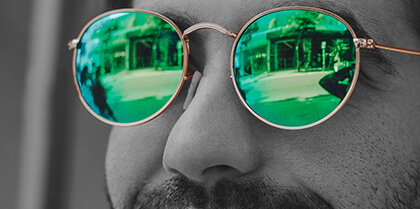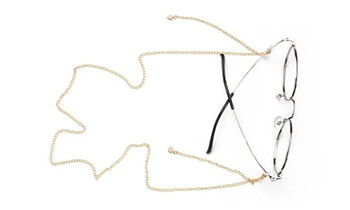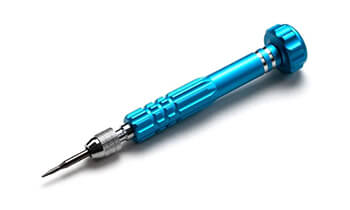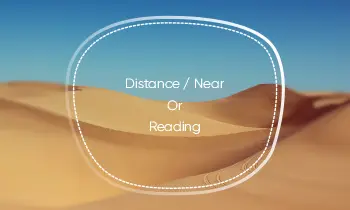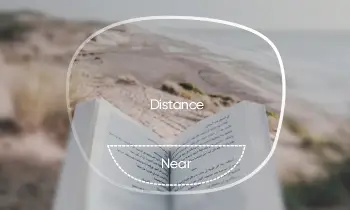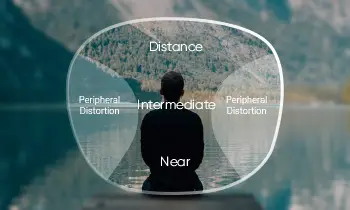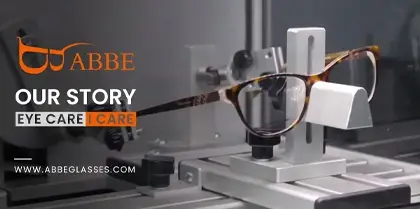We, as humans, get more than 80% of our information through vision, so vision is our essential sensory system. But unfortunately, nowadays, more and more parents pay attention to their children's intellectual development but neglect their children's physical development, especially the development of vision. As a result, the number of people suffering from eye diseases is gradually developing in the direction of the younger age, and eye health protection should start with children!
So, what eye health issues should we pay more attention to at different ages? What activities and measures should be taken for early prevention and treatment?
Neonatal period (0 to 1 year)
Focus on: congenital ptosis, congenital cataract, congenital glaucoma
The neonatal period is a sensitive time for vision development, and it is essential to beware of congenital eye diseases. All babies should be checked for eye infections, congenital disabilities, cataracts, or glaucoma before they are discharged from the hospital. This is especially important for premature babies and babies born with oxygen deprivation and other medical conditions.
2 to 3 years old
Focus on: hyperopia, astigmatism, refractive error, strabismus, amblyopia
Farsightedness, astigmatism, refractive error, strabismus, and amblyopia are less likely to be detected from two or three to six years. Treatment is less effective when symptoms are present after the age of six. Therefore, it is recommended that all 2-3-year-olds should have their eyes and vision checked for abnormalities to avoid problems affecting their visual development later in life.
Preschool
Focus on: Refractive hypertelorism of the eye
A child's vision in both eyes should be checked annually from age 5. If problems are found during routine examinations, the pediatrician will recommend further examinations in the eye department to protect the child's eyes better. A 5 or 6-year-old child is examined and found to have no farsightedness and can see quite clearly. Do you think his eyes are healthy? Wrong.
His eyes are actually overdeveloped! Generally speaking, children three years old and under have about 300 degrees of farsightedness. Children 5 or 6 years old have almost 200 degrees of farsightedness, and children seven years old may only have the adult-level vision.
By age 12
Focus on: Pseudomyopia, vision correction
Some children's eyesight was good, but their vision suddenly dropped after the holidays, and parents rushed to take their children to glasses. This approach is a bit hasty. Most likely, these children are just pseudomyopia.

- Many people may not know that babies are born with about 300 degrees of hyperopia, which only disappears when the eye slowly becomes more prominent, and the eye axis lasts longer.
- This hyperopia, which doctors call physiological hyperopia, is very precious. When this reserve is used up, the next eye axis continues to grow, and it will slowly develop toward myopia.
- If you look at the visual acuity, you will think that your child's vision is normal, but if you look at the refraction, at the age of 3, people have 100 degrees of farsightedness, and your child only has 50 degrees.
- "This is an early warning: your child is at high risk of myopia because his eye axis is growing faster than other children, and reserves are being used too quickly, so intervene quickly." For example, consciously increase your child's outdoor activity time.



